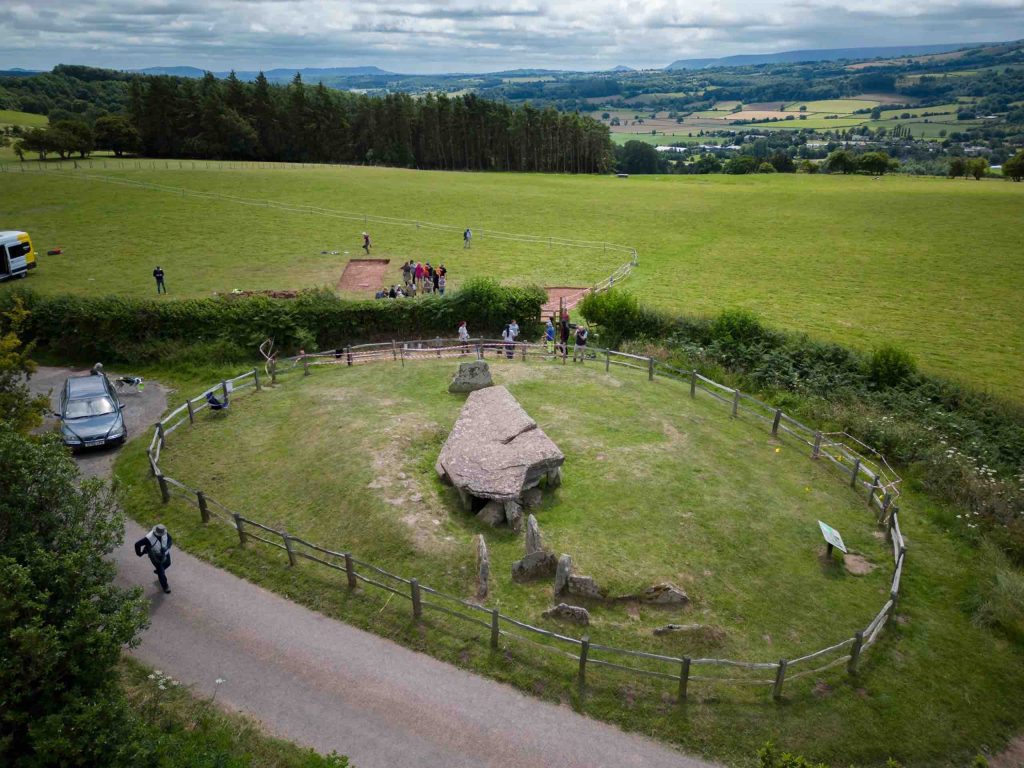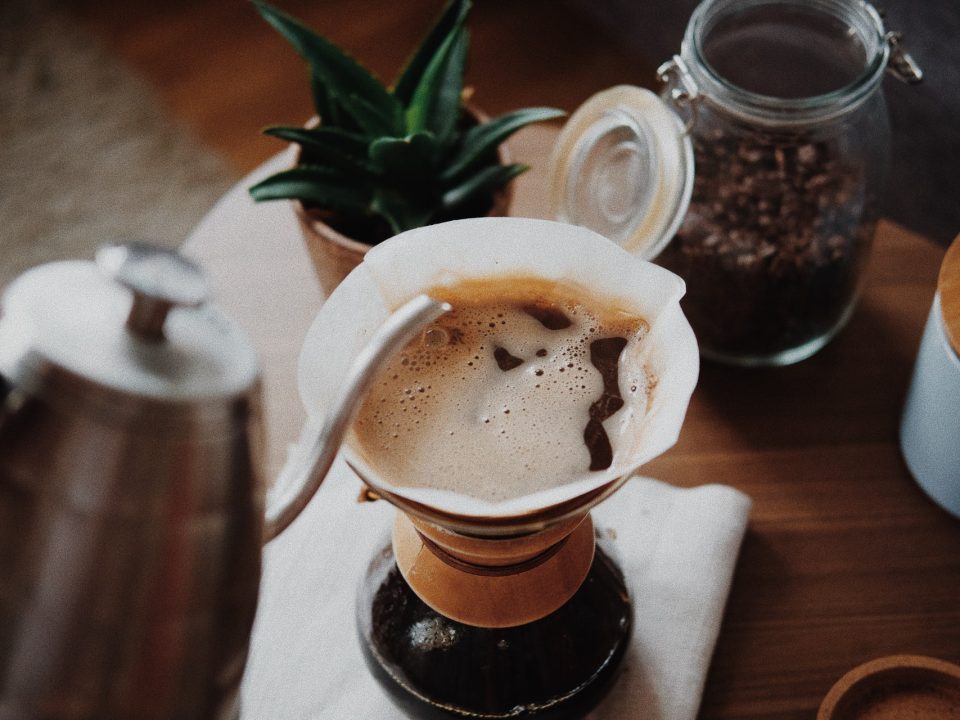Good food is something most of us are able to appreciate. On a daily basis, that means fresh, ideally local ingredients and homemade dishes. Every now and then, a restaurant visit is pretty enjoyable as well. And if we’ve really got something to celebrate, we might even opt for a fine dining experience. A bit pricier, sure, but depending on where you go it can be very worthy of that extra buck. And when it comes to fine dining, everyone has their budget limits. For some, it may be 50 euros, for others, a little more.

1. Caviar
Caviar is a food we associate with luxury pretty much automatically. It consists of the salt-cured roe of the family Acipenseridae and is considered to be a delicacy all over the world. If you’re wondering why the eggs of a fish are that much of a thing, a lot has to do with the conditions which have to be met in order to be able to make caviar. Classic caviar comes from sturgeons living in the Caspian Sea and Black Sea: Beluga, Ossetra and Sevruga caviars. Those fish can reach up to two meters in length and can even become a hundred years old. But there are some issues.


First of all, sturgeon are becoming all the more rare in their natural habitat. That, in its turn, can be partly explained by the fact that female sturgeon can only start to produce eggs when they’re about ten years old – therefore, restoring the population can take a long time. And as far as caviar goes, it takes even longer as the roe is considered to reach its full potential only when the female is about fifteen years old. Therefore, much of the caviar available on the market these days comes from nurseries but even they have to be patient when it comes to the age of the female.

2. Stottarga Bianco
So, caviar is expensive and we’ve established why. But not all caviar is created equally. If you want to taste the best, the most costly one, you’ll have to opt for the Strottarga Bianco by Grüll, located in Austria.
Contraty to most caviar, this one is white instead of black because it’s being extracted from albino sturgeon – very rare and they tend to live a shorter life due to their genetic condition, meaning one sturgeon can produce less over the years. Moreover, the sturgeon are nursed in water coming directly from the Alps, which – apparently – gives a particular taste to the eggs. As the delicacy comes in at 36.000 euros a teaspoon, we haven’t been able to do a taste test ourselves, so you’ll have to save up yourself if you want a try them…













